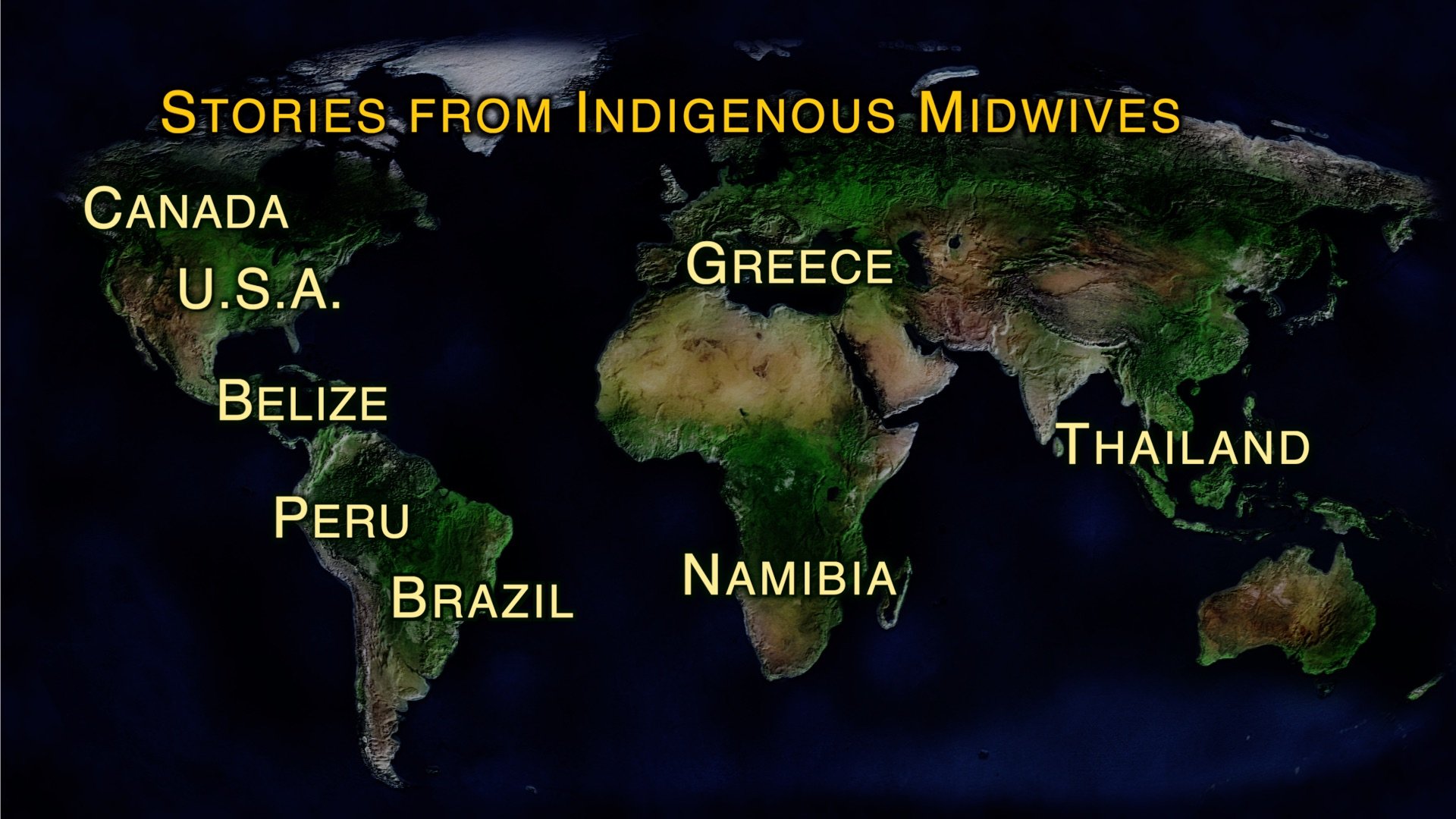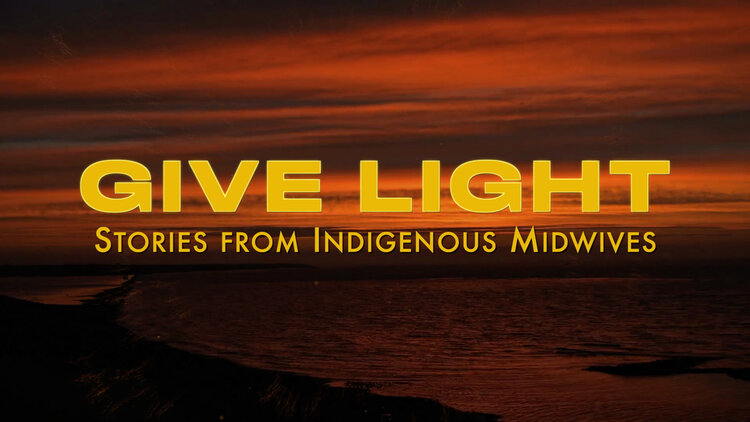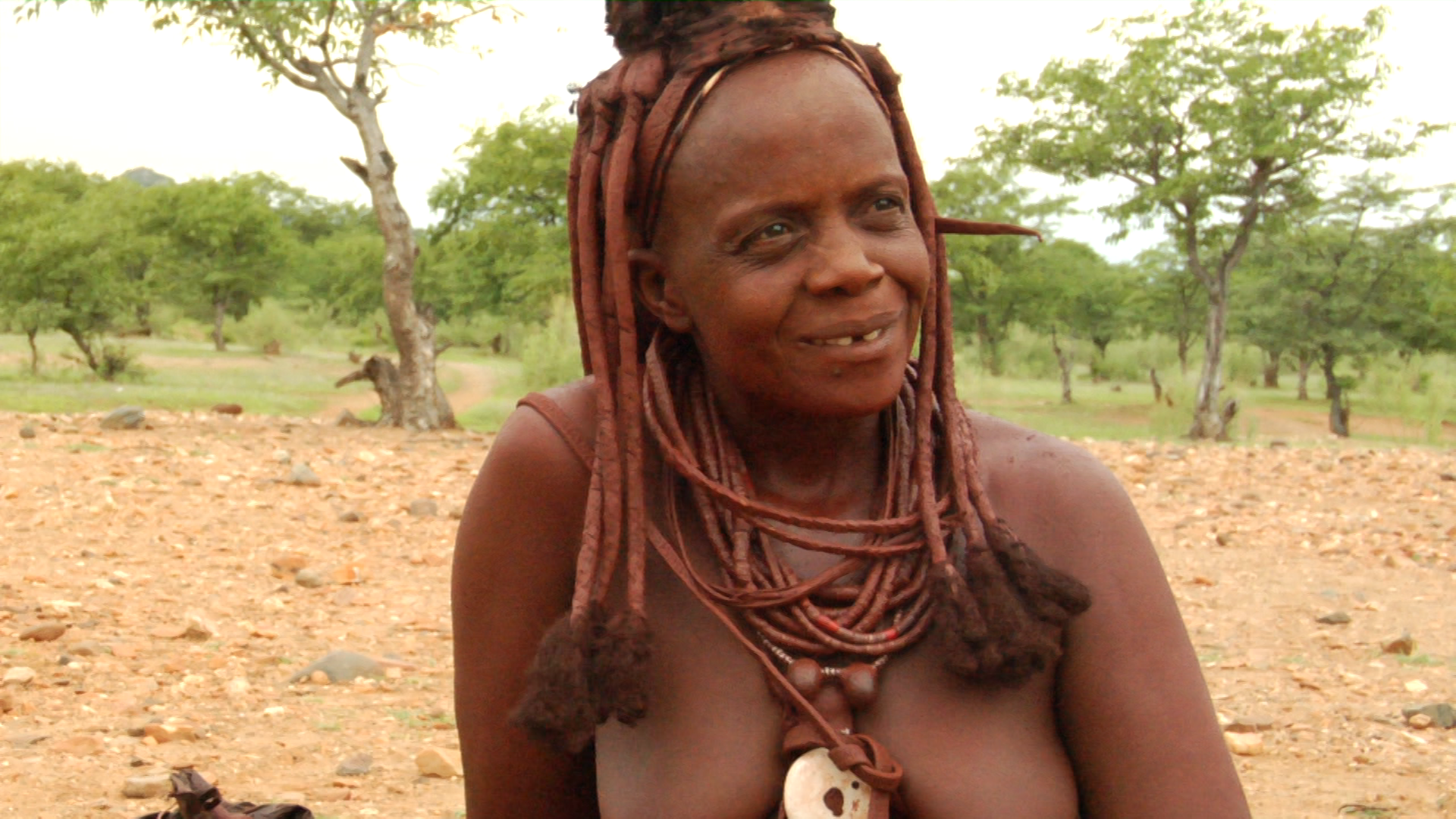
Hear what they’re saying:
GIVE LIGHT has contributed to maternity care conversations in several communities across the globe. Click to Hear what is being said about the film.
Host an in-person and virtual event in your community, let’s continue the conversations.
Partner with US
Email us @ Empowermidwives@gmail.com
Tee Cher Moe, Karen Midwife, lives in the Hill tribes outside of Chiang Mai in Northern Thailand. Traditionally the Karen are animists which believe the spirits of "Land and Water" control the productivity of the land. They revere the forest, land and water by offering ceremonies to spirits in these places, and you learn of their practices giving the placenta to a tree in order to protect the forest in the film. Karen society is matrilineal were homes and lands pass to the women. Their language had eluded linguistic classification until they were finally classified as a branch of their own, namely "Karenic." She is a quite and respected midwife in her village.
Mohenja, Himba Midwife, from the semi-nomadic tribe in Namibia. They are indigenous peoples in Northern Namibia. They are predominately livestock farmers. They also grow and farm some grain crops. Members from the extended family typically dwell in a Himba village with homes that are surround by an okuruwo, sacred ancestral fire. They have birthing practices and herbal lore that is used in maternity care.
Maria Aurora, Peruvian Midwife, lives in the mountains, above the clouds, in Northern Peru near Chachapoyas. Amazonas is a region of northern Peru bordered by Ecuador on the north and west, Cajamarca Region on the west, La Libertad Region on the south, and Loreto Region and San Martín Region on the east. Its capital is the city of Chachapoyas. She is now 83 years old and mainly tends to her herb garden on the side of the mountain near her home.
Dora Williams, Gurifuna Midwife, for the people in Seine bight, Belize. She is also a seamstress for traditional Gurifuna cermonial dance clothing. The Gurifuna are descendants of West African, Central African, Island Carib, and Arawak people. Mystical practices and participation in the Dugu orders are also widespread among Garifuna. Some individuals from Sein Bight and Dangriga, Belize have claimed to have seen mystical feats.
Jua Nia Yong Kwa Toh, Hmong Midwife, lives in the Hill tribes outside of Chiang Mai, Thailand near organic coffee fields on the top of Doi Suthep mountain. Jua Nia Yong is a seamstress and herbalist as well as a midwife. She helps the woman the same way she was helped during labor. Their village is surround by organic coffee orchids and they have a local cafe to get a cup of fresh mountain top coffee.
Caputo is from Yawalapitia tribe in Brazil. They are indigenous tribes located in the Amazonian Basin of Brazil. their population in 2011 is 156 people. Manioc is basically consumed in the form of bread (beiju, ulári) " toasted flour, flatcakes, toasted in circular pans -, porridge made with beiju dissolved in water (uluni), and a porridge which is produced by boiling the poisonous juice (nukaya). Cooking is done by both men and women; the processing of the manioc after it is planted (Socioambiental.org). She tells us about the practices in her tribe to insure the children grow up strong.
Eleftheria Dimopolou is a traditional midwife living in Athens, Greece. Her name actually means freedom. She shares with us the current trends in Greece and insight on the ancient scholars influence on modern medicine. As well as some of the traditonal midwifery practices that occurred in villages in Greece.
Paloma Terra, Certified Professional Midwife , and is a wife, a mother of two and a midwife not necessarily in this order! The pregnancies and births of her children, where she found the blessings of Midwifery Care in Montreal Canada, were the moving forces for her path in Midwifery. She got her training through the Association of Texas Midwives Midwifery Program being certified as a Professional Midwife by the North American Registry of Midwives in 2008. She also sough the help of Mentors in Canada, Brazil and Mexico. She spends her time between Canada and Brazil where she has an independent planned homebirth midwifery practice called Brasilia Conscious Birth Midwifery in the city of Brasilia since 2010. Alongside family life and midwifery one her passions is helping to foster a dialogue and a healthy integration between Tradition and Modernity including in our own personal lives.
Robbie Davis-Flyod, PhD, Medical/Cultural Anthropologist, Renown Author for 'Birth as an American Rite of Passage' . She has spent over 20 years researching issues in the anthropology of reproduction, focusing most closely on childbirth, obstetrics, and midwifery, which she continues to study and write about. She has branched out into other areas that fascinate her: ritual and gender studies, corporate futures planning, biomedicine, integrative medicine, science and technology studies. This for me is part of the magic of anthropology: it gives her a wonderful set of tools for studying any arena of life in the field of medical anthropology. She taught medical anthropology at Rice University and University of Texas.










“Katsi” (pronounced Gudji) Cook is a Mohawk Native American midwife, environmentalist, Native American rights activist, and women's health advocate. She is best known for her environmental justice and reproductive health research in her home community, the Mohawk Nation at Akwesasne in upstate New York.
She works to promote processes of care, both clinical and socio-cultural, that support Native American women and girls in developing control of their reproductive power and voices.